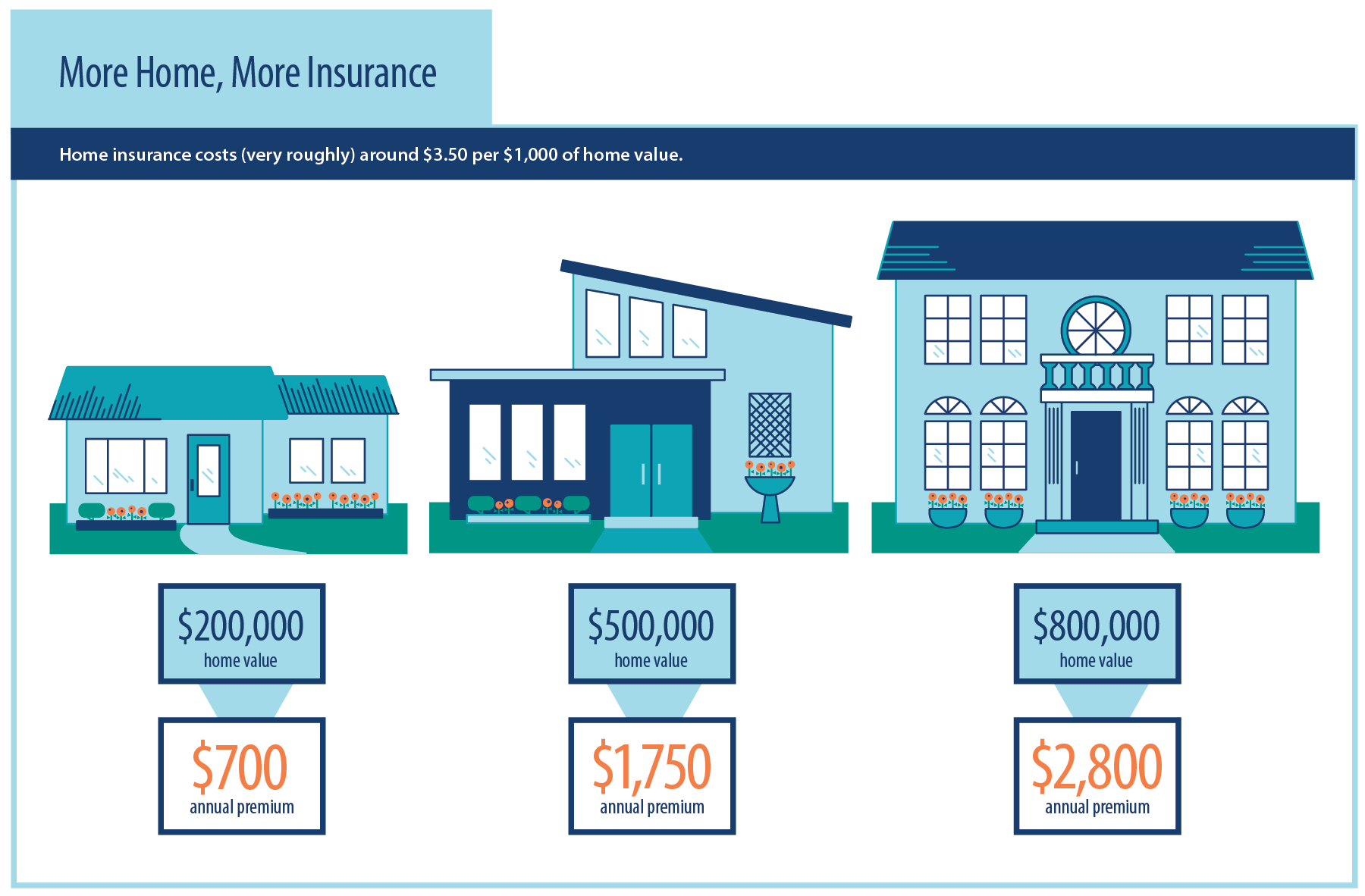For the very same policy, a single 55-year-old lady can expect to pay an average of $2,700 a year (How does life insurance work). The average combined premiums for a 55-year-old couple, each buying that amount of protection, are $3,050 a year. A caveat: The rate might go up after you purchase a policy; costs are not guaranteed to stay the same over your life time. Numerous insurance policy holders saw spikes in their rates in the last several years after insurance provider asked state regulators for permission to hike premiums. They had the ability to validate rate boosts since the cost of claims total were higher than they had actually projected.
Long-term care insurance can have some tax benefits if you itemize deductions, specifically as you get older. The federal and some state tax codes let you count part or all of long-term care insurance premiums as medical costs, which are tax deductible if they meet a specific limit. The limitations for the amount of premiums you can subtract increase with your age. Only premiums for "tax-qualified" long-lasting care insurance coverage count as medical expenses. Such policies should meet particular federal standards and be identified as tax-qualified. Ask your insurance coverage company whether a policy is tax-qualified if you're not exactly sure. You can buy directly from an insurance coverage company or through an agent.
Some employers offer the chance to purchase protection from their brokers at group rates. Generally when you purchase protection in this manner, you'll need to respond to some health concerns, however it might be easier to qualify than if you purchase it by yourself. Get quotes from numerous companies for the same protection to compare prices. That holds true even if you're used an offer at work; regardless of the group discount, you might discover better rates somewhere else. The American Association for Long-Term Care Insurance advises working with a skilled long-lasting care insurance representative who can sell products from a minimum of three carriers.
Many states have "partnership" programs with long-term care insurer to encourage people to prepare for long-term care. Here's how it works: The insurance providers consent to offer policies that meet particular quality requirements, such as supplying cost-of-living adjustments for benefits to protect versus inflation. In return for purchasing a "partnership policy," you can safeguard more of your assets if you consume all the long-term care benefits and then want assistance through Medicaid. Generally in many states, for example, a single person would have to spend down possessions to $2,000 to be qualified for Medicaid. If you have a collaboration long-term care strategy, you can qualify for Medicaid faster. What does renters insurance cover.
To learn whether your state has a long-lasting care collaboration program, check with your state's insurance department. As you make a long-range monetary plan, the prospective expense of long-lasting care is one of the crucial things you'll wish to consider. Speak with a monetary consultant about whether purchasing long-term care insurance coverage is the very best option for you. Barbara Marquand is a personnel writer at Geek, Wallet, an individual financing site. Email: [email secured] Twitter: @barbaramarquand. This post was upgraded on May 28, 2019.
Long-lasting care (LTC) insurance is protection that offers nursing-home care, home-health care, and personal or adult daycare for people age 65 or older or with a chronic or debilitating condition that needs continuous guidance. LTC insurance coverage uses more flexibility and options than numerous public help programs, such as Medicaid. Long-lasting care insurance usually covers all or part of nursing home and in-home care for people 65 or older or with a chronic condition that needs consistent care. It is personal insurance coverage available to anyone who can pay for to pay for it. Long-term care insurance coverage offers more flexibility and choices than Medicaid.
Unknown Facts About How Much Is House Insurance
Otherwise, long-lasting care expenditures would quickly deplete the cost savings of a specific and/or their family. While the costs of long-lasting care differ by area, it is usually really costly. In 2019, for instance, the typical expense of a personal room in a knowledgeable nursing facility or nursing home was $102,200 a year, according to a report on long-term care by Genworth. A home health assistant costs an average of $52,624 annually. In the United States, Medicaid offers for low-income people or those who spend down cost savings and investments because of care and tire their assets. Each state has its own guidelines and eligibility requirements.
Your home, vehicle, individual possessions, or cost savings for funeral service expenditures do not count as properties. Long-lasting care insurance coverage usually covers all or part of nursing home and at home care. Medicaid hardly ever does. Complete house care protection is an option with long-term care insurance coverage. It will cover expenditures for a visiting or live-in caretaker, buddy, maid, therapist or private-duty nurse as much as 7 days a week, 24 hours per day, approximately the policy advantage maximum. A lot of long-lasting care policies will cover only a specific dollar amount for each day you invest in a nursing center or for each home-care check out.
Many experts suggest looking for long-term care insurance coverage between the ages of 45 and 55, as part of a total retirement plan to safeguard assets from the high costs and burdens of extended healthcare. Long-term care insurance coverage is http://stephenmgqn152.bravesites.com/entries/general/the-best-guide-to-how-much-does-health-insurance-cost also cheaper if you buy it more youthful. In 2020, the average annual premium for a couple, both 55-years-old, is $3,050, according to the American Association for Long-Term Care Insurance Coverage. Long-term care insurance premiums can be tax deductible if the policy is tax-qualified and the policyholder details tax deductions, amongst other factors. Usually, business that pay long-lasting care premiums for a worker can subtract them as an overhead.

So weigh your options thoroughly. Due to the high expense of this item, a variety of alternative ways of paying for health needs in later years have begun the market. They consist of vital health problem insurance coverage and annuities with long-lasting care riders. Analyze what would make one of the most sense for you and your familyespecially if you're a couple with a considerable age or health difference that might affect your lives going forward. If you do not have a monetary advisor, this might be a reason to hire one who concentrates on eldercare issues to resolve these issues with you.
As conventional LTC insurance coverage sputters, another policy is taking off: entire life insurance that you can draw from for long-lasting care. Unlike the older variety of LTC insurance, these "hybrid" policies will return money to your successors even if you don't wind up requiring long-term care. You do not run traditional policies' danger of a rate hike, because you secure your premium upfront. If you're older or have health issues, you might be most likely to qualify, states Stephen Forman, senior vice president of Long Term Care Associates, an insurance firm in Bellevue, Wash. If all you want is economical coverage even if that indicates absolutely nothing back if you never ever need assistance traditional LTC insurance has the edge.
